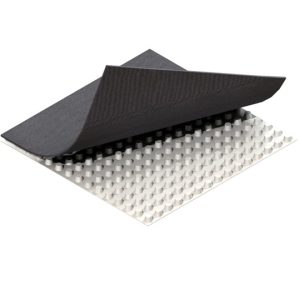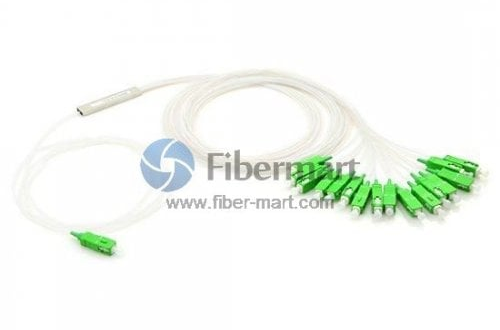What Is a Solvent Weld Ball Valve?
# What Is a Solvent Weld Ball Valve?
A solvent weld ball valve is a type of valve commonly used in plumbing and industrial applications to control the flow of liquids or gases. Unlike threaded or compression fittings, solvent weld valves are permanently bonded to pipes using a chemical solvent, creating a strong, leak-proof connection. These valves are particularly popular in PVC and CPVC piping systems due to their durability and ease of installation.
## How Does a Solvent Weld Ball Valve Work?
The valve operates using a spherical ball with a hole (or bore) through its center. When the valve is open, the hole aligns with the pipe, allowing fluid to flow. When the valve is closed, the ball rotates 90 degrees, blocking the flow completely. The “solvent weld” aspect refers to the method of joining the valve to the pipe—using a solvent cement that chemically fuses the materials together.
Keyword: what a solvent weld ball valve
### Key Features of Solvent Weld Ball Valves
– **Durable Construction**: Made from high-quality PVC or CPVC, these valves resist corrosion and chemical damage.
– **Leak-Proof Connection**: The solvent weld creates a permanent, airtight seal.
– **Easy Operation**: A simple quarter-turn handle allows for quick opening and closing.
– **Low Maintenance**: No moving parts are exposed, reducing wear and tear.
– **Versatility**: Suitable for both residential and industrial applications.
## Applications of Solvent Weld Ball Valves
Solvent weld ball valves are widely used in:
– **Water supply systems**: For controlling water flow in residential and commercial buildings.
– **Chemical processing**: Due to their resistance to corrosive substances.
– **Irrigation systems**: Where reliable, long-term connections are needed.
– **Aquariums and pools**: For managing water flow and filtration systems.
### Advantages Over Other Valve Types
Compared to threaded or compression valves, solvent weld ball valves offer:
– **Stronger Joints**: The chemical bond is more reliable than mechanical fittings.
– **Lower Risk of Leaks**: No threads or gaskets to wear out over time.
– **Cost-Effective**: Fewer parts and simpler installation reduce overall costs.
– **Smooth Flow**: The full-bore design minimizes flow restriction.
## Installation Tips for Solvent Weld Ball Valves
To ensure a proper installation:
1. **Clean the Pipe and Valve**: Remove any dirt or debris from the surfaces to be joined.
2. **Apply Solvent Cement**: Use a brush to evenly coat both the pipe and valve socket.
3. **Insert and Twist**: Push the pipe into the valve socket while giving it a quarter-turn to spread the cement.
4. **Hold in Place**: Maintain pressure for a few seconds to allow the bond to set.
5. **Cure Time**: Wait the recommended time (usually 24 hours) before pressurizing the system.
### Common Mistakes to Avoid
– **Using the Wrong Cement**: Ensure the solvent is compatible with your pipe material (PVC or CPVC).
– **Insufficient Cleaning**: Dirty surfaces can weaken the bond.
– **Rushing the Process**: Skipping cure time can lead to joint failure.
– **Over-Application**: Excess cement can clog the valve or create weak spots.
## Conclusion
Solvent weld ball valves are an excellent choice for applications requiring a permanent, leak-free connection. Their simple design, durability, and ease of installation make them a popular option for both DIY enthusiasts and professionals. By following proper installation techniques, you can ensure a reliable and long-lasting plumbing solution.


